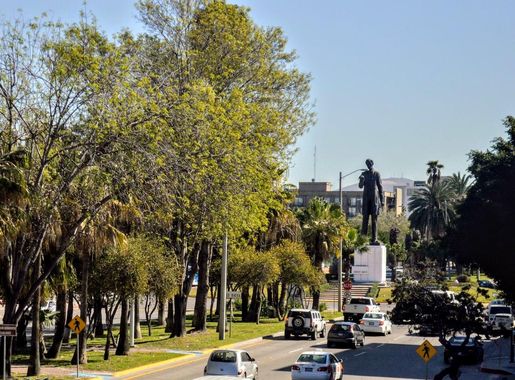
Vibrant Zona Rio: The Heartbeat of Tijuana
Discover the lively Zona Rio in Tijuana, a dynamic blend of culture, shopping, dining, and nightlife, making it the heartbeat of this vibrant Mexican city.
Welcome to Zona Rio, the pulsating core of Tijuana, Mexico. This neighborhood is a bustling blend of modernity and tradition, offering a dynamic experience for tourists. As you stroll through its streets, you’ll encounter a vibrant mix of high-end shopping malls, eclectic eateries, and cultural landmarks, making it a must-visit destination in Tijuana. Zona Rio is home to some of the city's most iconic attractions. The Tijuana Cultural Center (CECUT) stands out with its unique spherical architecture, offering rich insights into the region's history and culture through its exhibitions, IMAX theater, and performing arts spaces. Nearby, the Plaza Rio Tijuana, one of the largest shopping centers in the area, offers a diverse range of shops, from international brands to local artisans, providing a retail therapy session to remember. Food lovers will find Zona Rio a gastronomic paradise. The neighborhood boasts a thriving culinary scene with a variety of restaurants and street food vendors serving everything from traditional Mexican dishes to international cuisine. Whether you're in the mood for a gourmet meal or a quick taco from a street vendor, Zona Rio promises a delightful culinary adventure. In addition to shopping and dining, Zona Rio is also known for its lively nightlife. Numerous bars, clubs, and lounges make it a prime spot for those looking to enjoy Tijuana's vibrant after-dark scene. Whether you prefer a laid-back evening with a cocktail in hand or dancing the night away, Zona Rio has something for everyone.
Local tips in Zona Rio
- Visit the Tijuana Cultural Center (CECUT) early in the day to avoid crowds.
- Wear comfortable shoes as Zona Rio is best explored on foot.
- Try the local street food for an authentic taste of Tijuana's culinary offerings.
- Exchange your currency at reputable places; avoid street exchangers.
- Keep an eye on your belongings, especially in crowded areas.
Vibrant Zona Rio: The Heartbeat of Tijuana
Welcome to Zona Rio, the pulsating core of Tijuana, Mexico. This neighborhood is a bustling blend of modernity and tradition, offering a dynamic experience for tourists. As you stroll through its streets, you’ll encounter a vibrant mix of high-end shopping malls, eclectic eateries, and cultural landmarks, making it a must-visit destination in Tijuana. Zona Rio is home to some of the city's most iconic attractions. The Tijuana Cultural Center (CECUT) stands out with its unique spherical architecture, offering rich insights into the region's history and culture through its exhibitions, IMAX theater, and performing arts spaces. Nearby, the Plaza Rio Tijuana, one of the largest shopping centers in the area, offers a diverse range of shops, from international brands to local artisans, providing a retail therapy session to remember. Food lovers will find Zona Rio a gastronomic paradise. The neighborhood boasts a thriving culinary scene with a variety of restaurants and street food vendors serving everything from traditional Mexican dishes to international cuisine. Whether you're in the mood for a gourmet meal or a quick taco from a street vendor, Zona Rio promises a delightful culinary adventure. In addition to shopping and dining, Zona Rio is also known for its lively nightlife. Numerous bars, clubs, and lounges make it a prime spot for those looking to enjoy Tijuana's vibrant after-dark scene. Whether you prefer a laid-back evening with a cocktail in hand or dancing the night away, Zona Rio has something for everyone.
Iconic landmarks you can’t miss
Tijuana Cultural Center
Explore the Tijuana Cultural Center, a vibrant hub of art, history, and cinema in the heart of Tijuana, showcasing the region's rich cultural heritage.
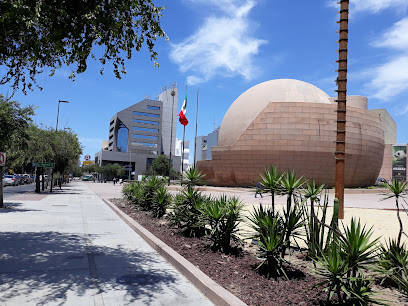
Tijuana Arch (Friendship Arch)
Discover the iconic Tijuana Arch, a historic landmark symbolizing friendship between nations, nestled in the vibrant heart of Tijuana's cultural scene.
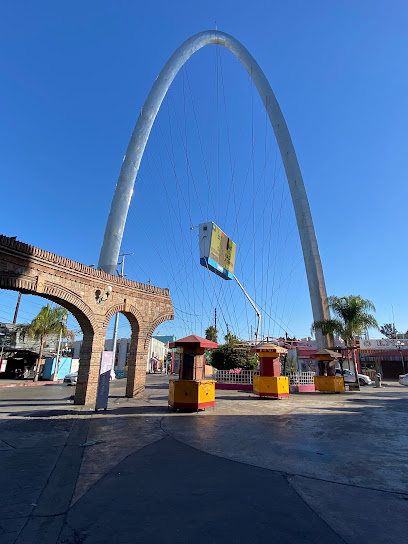
Museum of the Californias
Explore the rich cultural heritage of Baja California at the Museum of the Californias in Tijuana, a captivating journey through history.
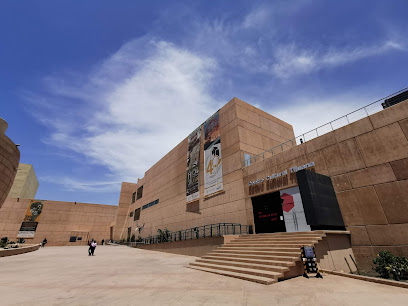
Monument to Emperor Cuauhtémoc
Explore the Monument to Emperor Cuauhtémoc in Tijuana, a stunning tribute to Aztec history and resilience amidst vibrant city life.
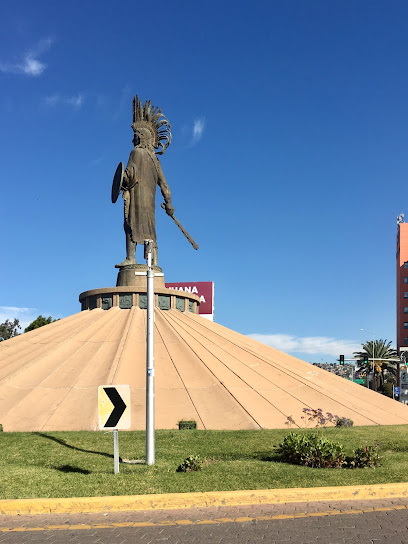
MULLME Museo de La Lucha Libre Mexicana
Discover the vibrant world of Lucha Libre at MULLME Museo de La Lucha Libre Mexicana, a must-visit cultural gem in Tijuana, Mexico.
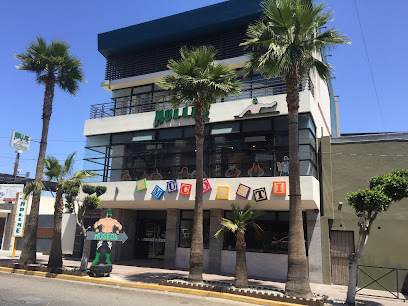
Monumento de La Diana Cazadora
Discover the Diana Cazadora Monument, a cultural landmark in Tijuana, celebrating art, history, and the vibrant spirit of the city.

Monument to Abraham Lincoln
Discover the Monument to Abraham Lincoln in Tijuana, a captivating tribute to freedom and unity surrounded by art and culture.
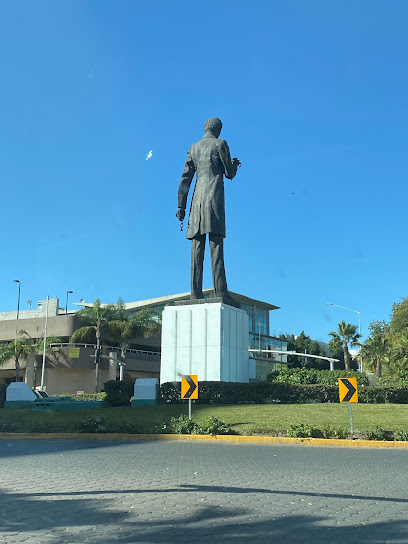
Monumento a Miguel Hidalgo y Costilla
Experience the rich history of Mexico at the Monumento a Miguel Hidalgo y Costilla, a must-visit landmark in Tijuana celebrating the nation's independence.
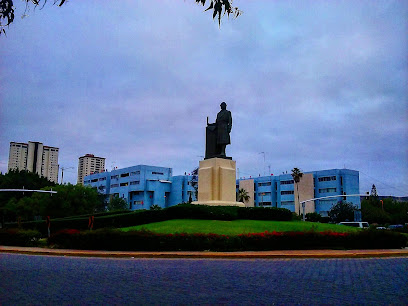
Arco Monumental |
Discover the Arco Monumental, Tijuana's iconic landmark that embodies the spirit and culture of this vibrant border city.
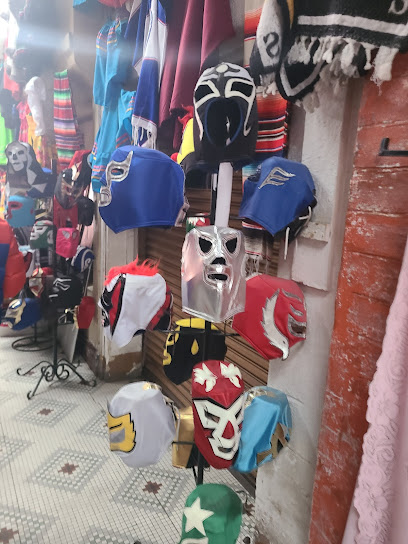
Tijuana Ciudad Heroica
Discover the rich history of Tijuana at Ciudad Heroica, a vibrant historical landmark that showcases the city's cultural heritage and resilience.
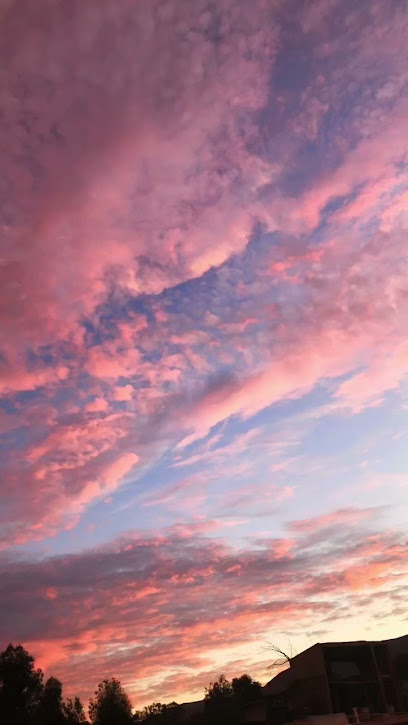
Unmissable attractions to see
Tijuana Cultural Center
Discover the Tijuana Cultural Center: A vibrant showcase of art, culture, and history in the heart of Tijuana, Mexico.
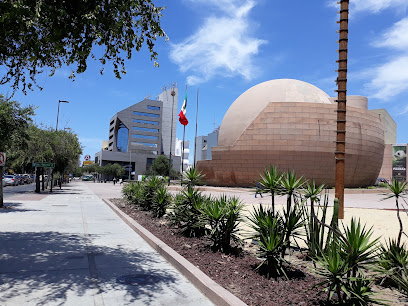
Amistad Park
Experience the tranquility of Amistad Park, a beautiful green oasis in Tijuana perfect for relaxation, recreation, and family fun.
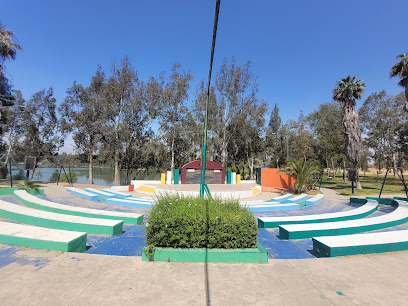
Parque Teniente Guerrero
Explore Tijuana's Parque Teniente Guerrero, a vibrant urban park where nature meets culture, perfect for families and solo travelers alike.
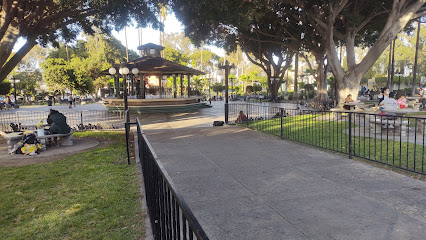
The Trompo Interactive Museum Tijuana
Explore science and technology in a fun, interactive environment at The Trompo Museum in Tijuana, perfect for families and curious travelers.
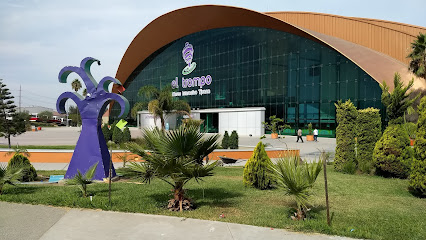
Tijuana Arch (Friendship Arch)
Discover the Tijuana Arch, a historic landmark symbolizing friendship, culture, and vibrant local life in the heart of Tijuana.
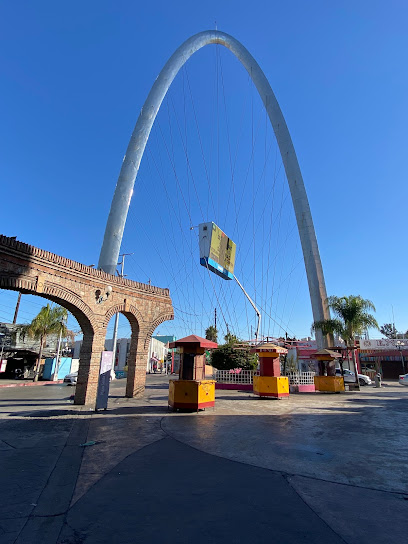
La Mona de Tijuana
Explore La Mona de Tijuana, a captivating historical landmark that showcases the vibrant culture and rich history of this dynamic border city.
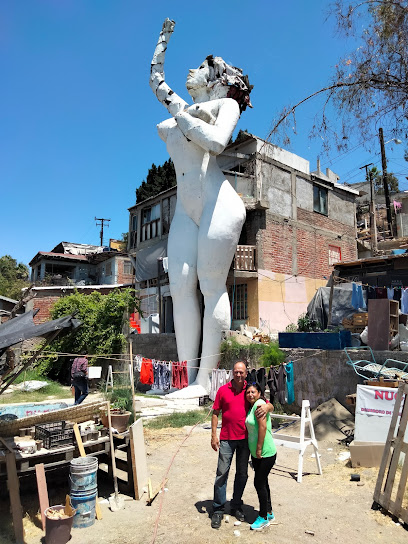
Minaret Aguacaliente
Explore the Minaret Aguacaliente, a stunning monument in Tijuana highlighting the city’s rich history and vibrant culture, perfect for all travelers.
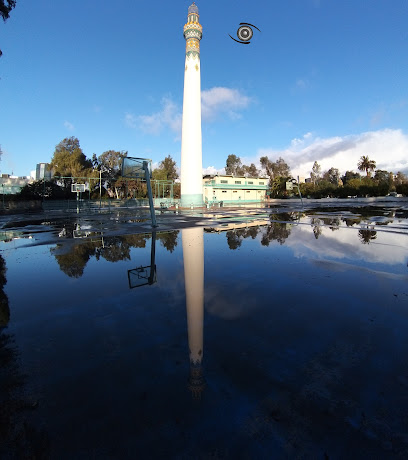
Essential places to dine
Lion Fish
Discover the flavors of Tijuana at Lion Fish, where fresh seafood meets vibrant atmosphere in the heart of Zona Río.
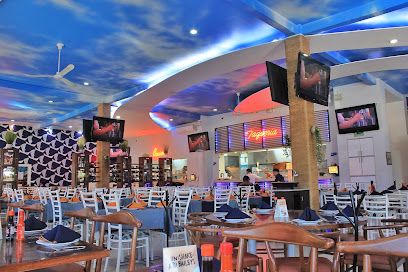
La Espadaña
Discover authentic Mexican flavors at La Espadaña in Tijuana—where breakfast meets tradition in a vibrant setting.
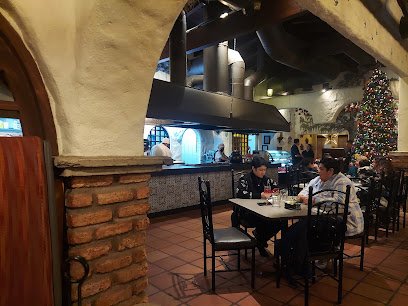
Mole Poblano House
Savor authentic Mexican flavors at Mole Poblano House in Tijuana – a delightful dining experience awaits!
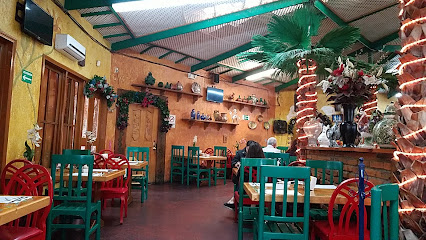
Villa Marina Restaurante Tijuana
Experience exquisite seafood dining at Villa Marina Restaurante in Tijuana, where authentic Mexican flavors meet vibrant ambiance.

Sabor a mí Restaurante
Experience authentic Mexican breakfast and brunch at Sabor a mí Restaurante in Tijuana - where every meal is a celebration of flavor.
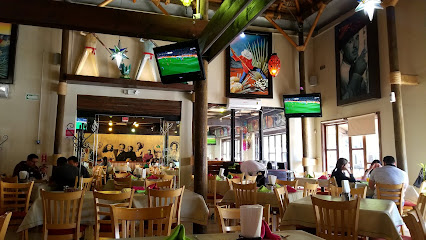
Restaurant La Fogata
Experience authentic Mexican cuisine at Restaurant La Fogata in Tijuana – where every dish tells a story of flavor and tradition.
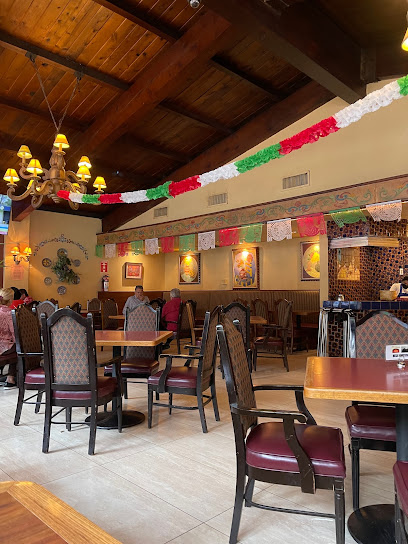
Mision 19
Experience the best of Baja California's culinary scene at Mision 19, where tradition meets innovation in every dish.
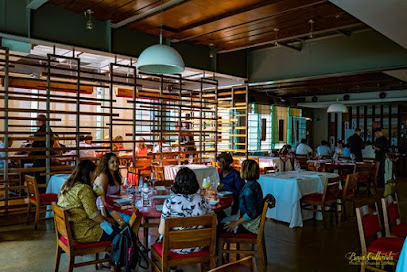
Cien Años
Discover authentic Mexican flavors at Cien Años in Tijuana - where every dish tells a story.
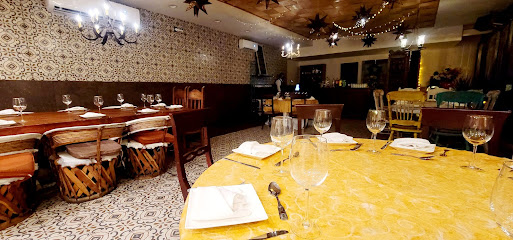
Cuatro Etnias
Discover the authentic taste of Mexico at Cuatro Etnias - Tijuana's top spot for delicious breakfast delights.
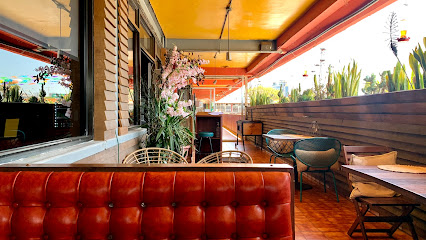
Roots Rio Restaurante
Experience authentic Mexican cuisine at Roots Rio Restaurante in Tijuana – where every dish tells a story.
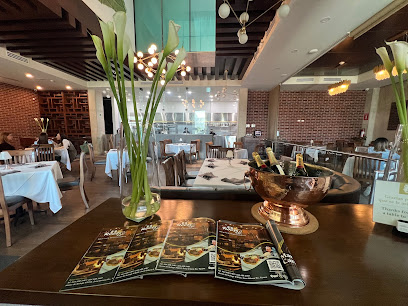
Markets, malls and hidden boutiques
High Street Plaza Rio
Explore the vibrant shopping scene at High Street Plaza Rio, Tijuana's go-to destination for fashion and local style.
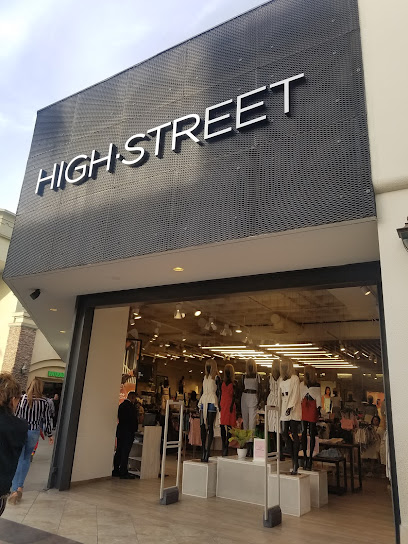
LOB
Discover a stylish shopping experience at LOB Clothing Store in Tijuana, offering trendy men's and women's fashion in a vibrant atmosphere.
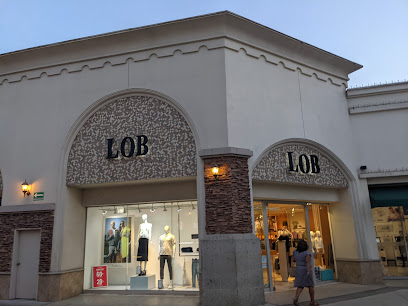
Fantasias Sexy Boutique
Discover Fantasias Sexy Boutique in Tijuana: Your go-to destination for adult entertainment, costumes, and lingerie in a vibrant atmosphere.
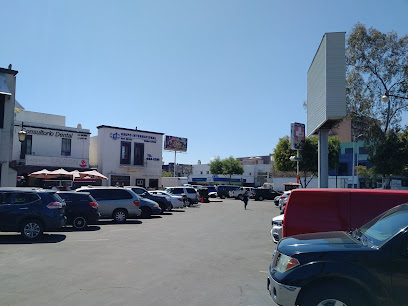
La Gatita
Discover unique souvenirs and handcrafted treasures at La Gatita, the charming gift shop in Tijuana's Zona Río.
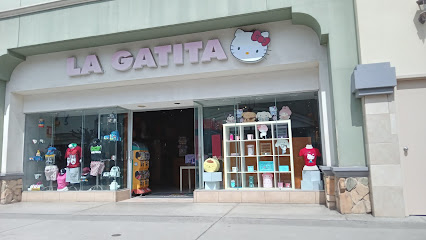
Xoloshop Plaza Rio
Explore Tijuana's fashion scene at Xoloshop Plaza Rio, where style meets affordability in a vibrant shopping atmosphere.
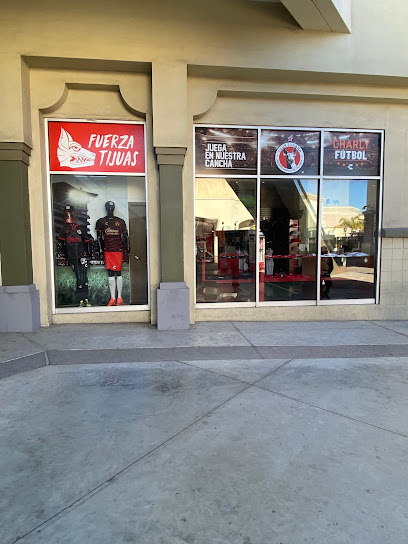
Etcétera Accesorios Río
Explore a vibrant selection of unique fashion accessories at Etcétera Accesorios Río, a boutique that embodies Tijuana's cultural spirit.
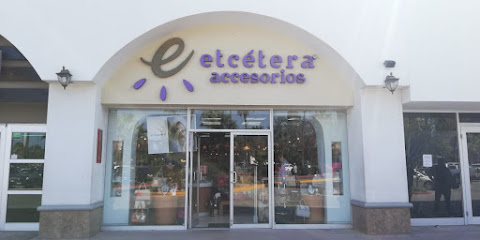
Wow Boutique
Experience Tijuana's vibrant fashion scene at Wow Boutique, where local artistry meets contemporary style in the heart of Zona Río.
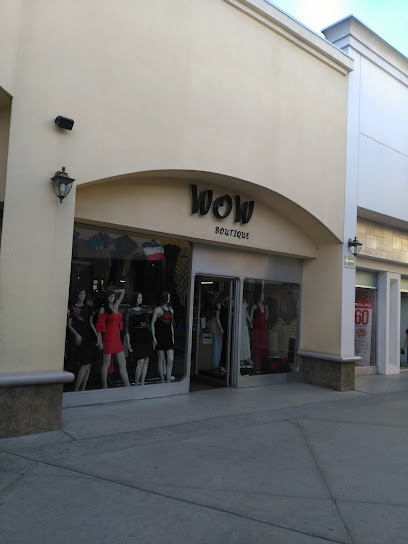
Tienda Cecut
Explore Tienda Cecut in Tijuana for a unique shopping experience filled with local crafts, souvenirs, and artistic treasures that embody Baja California's spirit.
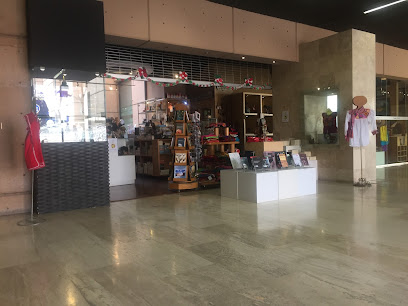
HERO ZONE SUCURSAL PLAZA RIO
Explore HERO ZONE SUCURSAL PLAZA RIO in Tijuana, a vibrant gift shop offering unique souvenirs and local crafts that capture the essence of Mexico.
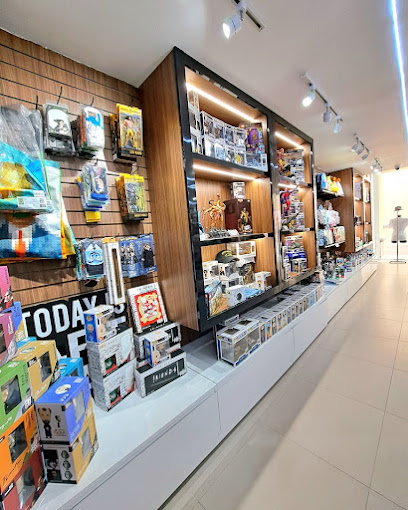
Beel boutique
Explore Beel Boutique in Tijuana for unique fashion finds and local flair in the heart of Zona Río.
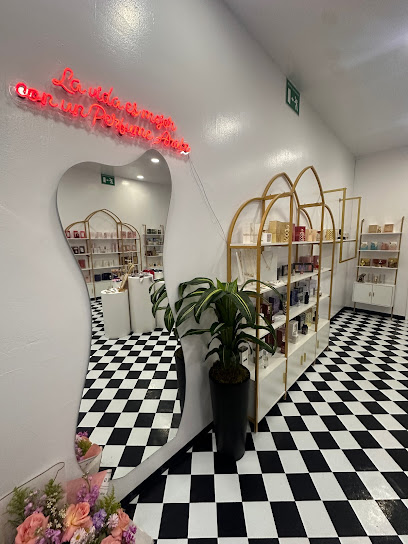
Essential bars & hidden hideouts
Las Pulgas
Las Pulgas: Dive into the Heart of Tijuana's Nightlife with Great Food, Drinks, and Dance!
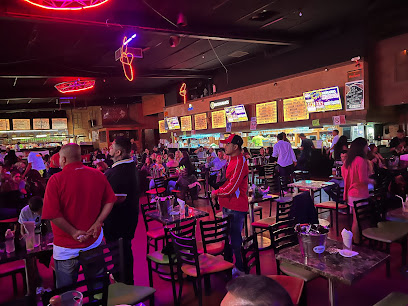
El Copeo
Experience the vibrant nightlife of Tijuana at El Copeo, a lively bar and disco club offering affordable drinks and a pulsating dance atmosphere.
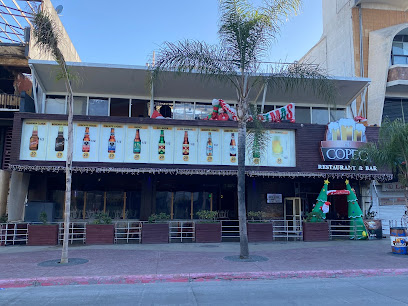
Sótano Suizo
Discover Sótano Suizo in Tijuana: a vibrant restaurant and pub blending delectable cuisine with a lively nightlife experience.
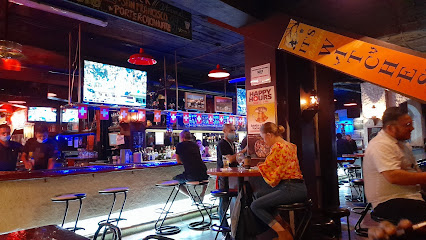
El Alebrije
Experience the vibrant nightlife of Tijuana at El Alebrije, a lively bar and disco club offering unforgettable music and drinks in Zona Río.
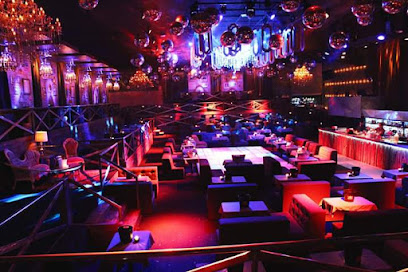
Green Witch
Discover the vibrant nightlife at Green Witch, a top bar in Tijuana's Zona Río offering craft cocktails and a lively atmosphere for an unforgettable experience.
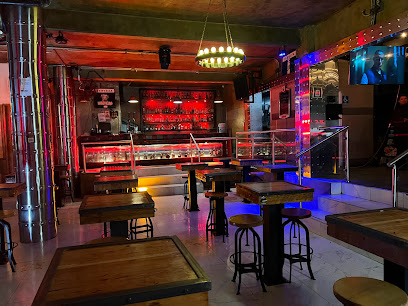
LUMI 31 Draft Beer
Experience the vibrant flavors and refreshing craft beers at LUMI 31 Draft Beer in Tijuana, a must-visit destination for food and drink enthusiasts.
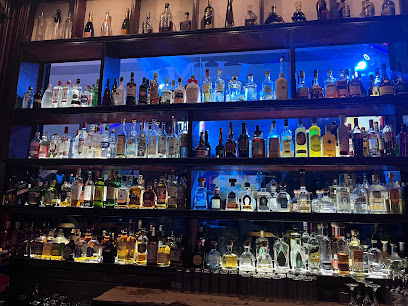
Le Conteiner
Experience the vibrant nightlife at Le Conteiner, Tijuana's premier bar and night club, where great drinks and music await!
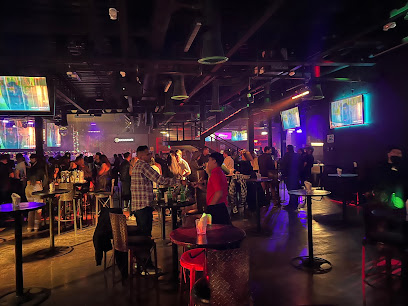
Tropical Bar
Experience the vibrant nightlife at Tropical Bar in Tijuana with lively music, exotic cocktails, and a fun atmosphere perfect for any traveler.

Bar El Río Verde
Discover the vibrant nightlife of Tijuana at Bar El Río Verde, where affordable drinks and a lively atmosphere await you.
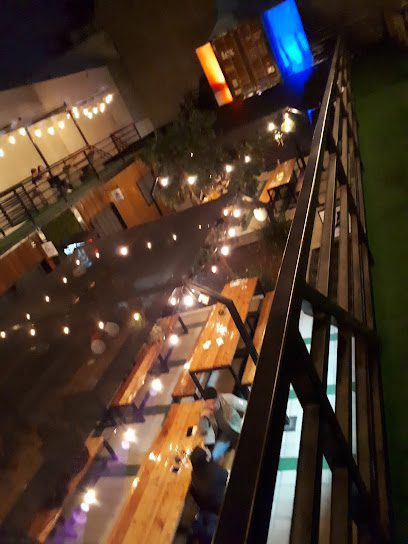
Buda Bar
Discover the electrifying nightlife of Buda Bar in Tijuana, where EDM beats and vibrant atmosphere create unforgettable experiences.
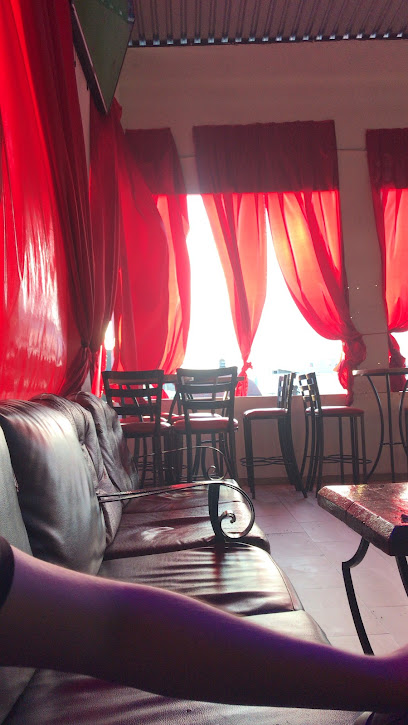
Local Phrases
-
- HelloHola
[oh-lah] - GoodbyeAdiós
[ah-dee-ohs] - YesSí
[see] - NoNo
[noh] - Please/You're welcomePor favor/De nada
[por fah-vohr/deh nah-dah] - Thank youGracias
[grah-see-ahs] - Excuse me/SorryPerdón/Lo siento
[pehr-dohn/loh see-ehn-toh] - How are you?¿Cómo estás?
[koh-moh ehs-tahs] - Fine. And you?Bien. ¿Y tú?
[byen. ee too] - Do you speak English?¿Hablas inglés?
[ah-blahs een-glays] - I don't understandNo entiendo
[noh ehn-tee-ehn-doh]
- HelloHola
-
- I'd like to see the menu, pleaseMe gustaría ver el menú, por favor
[meh goos-tah-ree-ah behr ehl meh-noo, por fah-vohr] - I don't eat meatNo como carne
[noh koh-moh kahr-neh] - Cheers!¡Salud!
[sah-lood] - I would like to pay, pleaseMe gustaría pagar, por favor
[meh goos-tah-ree-ah pah-gahr, por fah-vohr]
- I'd like to see the menu, pleaseMe gustaría ver el menú, por favor
-
- Help!¡Ayuda!
[ah-yoo-dah] - Go away!¡Vete!
[veh-teh] - Call the Police!¡Llama a la policía!
[yah-mah ah lah poh-lee-see-ah] - Call a doctor!¡Llama a un doctor!
[yah-mah ah oon dohk-tohr] - I'm lostEstoy perdido
[ehs-toy pehr-dee-doh] - I'm illEstoy enfermo
[ehs-toy ehn-fehr-moh]
- Help!¡Ayuda!
-
- I'd like to buy...Me gustaría comprar...
[meh goos-tah-ree-ah kohm-prahr] - I'm just lookingSólo estoy mirando
[soh-loh ehs-toy mee-rahn-doh] - How much is it?¿Cuánto cuesta?
[kwan-toh kweh-stah] - That's too expensiveEso es demasiado caro
[eh-soh ehs deh-mah-see-ah-doh kah-roh] - Can you lower the price?¿Puede bajar el precio?
[pweh-deh bah-har ehl preh-syo]
- I'd like to buy...Me gustaría comprar...
-
- What time is it?¿Qué hora es?
[keh oh-rah ehs] - It's one o'clockEs la una
[ehs lah oo-nah] - Half past (10)Son las diez y media
[sohn lahs dyehs ee meed-yah] - MorningMañana
[mah-nyah-nah] - AfternoonTarde
[tahr-deh] - EveningNoche
[noh-cheh] - YesterdayAyer
[ah-yehr] - TodayHoy
[oy] - TomorrowMañana
[mah-nyah-nah] - 1Uno
[oo-noh] - 2Dos
[dohs] - 3Tres
[trehs] - 4Cuatro
[kwah-troh] - 5Cinco
[seen-koh] - 6Seis
[seys] - 7Siete
[syeh-teh] - 8Ocho
[oh-choh] - 9Nueve
[nweh-veh] - 10Diez
[dyehs]
- What time is it?¿Qué hora es?
-
- Where's a/the...?¿Dónde está...?
[dohn-deh ehs-tah] - What's the address?¿Cuál es la dirección?
[kwal ehs lah dee-rehk-syon] - Can you show me (on the map)?¿Puedes mostrarme (en el mapa)?
[pweh-dehs mohs-trar-meh (ehn ehl mah-pah)] - When's the next (bus)?¿Cuándo es el próximo (autobús)?
[kwan-doh ehs ehl proh-ksy-moh (ow-toh-boos)] - A ticket (to ....)Un boleto (a ...)
[oon boh-leh-toh (ah ...)]
- Where's a/the...?¿Dónde está...?
History of Zona Rio
-
Zona Rio was established in the early 20th century, emerging as a prominent area in Tijuana due to its strategic location and growing importance as a commercial hub. The neighborhood's initial development was closely linked to the influx of American tourists and investors who were drawn to Tijuana during Prohibition, seeking entertainment and leisure across the border.
-
The 1910s marked a significant period for Zona Rio, coinciding with the Mexican Revolution. As Tijuana transformed into a boomtown, the area saw rapid urbanization. New businesses and hotels emerged, catering to the increasing number of visitors. This era laid the groundwork for Zona Rio's future as a commercial and cultural center.
-
By the 1980s, Zona Rio began to modernize significantly, with infrastructure improvements and the construction of shopping centers, hotels, and office buildings. This transformation attracted both local and foreign investment, solidifying the area’s reputation as Tijuana’s financial district and a vital economic engine for the region.
-
Opened in 2003, El Trompo (The Top) is a cultural and educational center in Zona Rio, dedicated to science and technology. Its design, resembling a spinning top, symbolizes Tijuana's dynamic growth and innovation. El Trompo has become a major attraction for families and tourists, showcasing the region's commitment to cultural development.
-
In the 2010s, Zona Rio underwent urban revitalization efforts that included beautification projects, public art installations, and the promotion of cultural festivals. These initiatives aimed to enhance the neighborhood's appeal, turning it into a vibrant space for locals and visitors alike, while fostering a sense of community and celebrating Tijuana's rich cultural heritage.
Zona Rio Essentials
-
Zona Rio is centrally located in Tijuana, making it accessible from various parts of the city. From the San Ysidro border crossing, you can take a taxi or Uber, which takes about 15-20 minutes depending on traffic. Alternatively, public buses operate from the border to Zona Rio, with routes such as the 2 and 5. If you are coming from downtown Tijuana, a short taxi ride or a bicycle ride can also get you there quickly.
-
Zona Rio is well-connected and can be navigated easily. The area is pedestrian-friendly, and walking is a great way to explore. Public transportation options include buses that run frequently along main avenues. For a more local experience, consider renting a bicycle from one of the bike-sharing services available in the area. Taxis and rideshare services like Uber are also readily available.
-
While Zona Rio is generally safe for tourists, visitors should remain vigilant, especially at night. Areas such as Colonia Libertad and certain parts of downtown Tijuana have higher crime rates and should be approached with caution. Avoid displaying valuables and be mindful of your surroundings, particularly in crowded spaces.
-
In case of an emergency, dial 911 for police, fire, or medical assistance. English-speaking operators are available. Locate the nearest hospital or clinic for medical emergencies, and ensure you have travel insurance that covers such situations. Familiarize yourself with the location of your country's consulate in Tijuana for additional support.
-
Fashion: Do dress comfortably but modestly, especially in religious sites. Don’t wear overly flashy clothing that may attract unwanted attention. Religion: Do respect local customs, and if visiting churches, cover your shoulders and knees. Public Transport: Do be courteous and offer your seat to the elderly. Don’t engage in loud conversations on public transport. Greetings: Do greet people with a warm smile and a handshake. Don’t assume everyone speaks English; learning a few basic Spanish phrases can go a long way. Eating & Drinking: Do try local foods, especially street tacos. Don’t drink tap water; always opt for bottled water to avoid illness.
-
To experience Zona Rio like a local, visit the Mercado Hidalgo for fresh produce and authentic Mexican snacks. Explore the local art scene by checking out galleries in the area, and don’t miss the Tijuana Cultural Center (CECUT) for exhibitions and performances. Joining a local tour can provide insights into the neighborhood’s history and culture. Lastly, try to practice your Spanish; locals appreciate the effort and it can enhance your interactions.
Trending Landmarks in Zona Rio
Nearby Cities to Zona Rio
-
Things To Do in Chula Vista
-
Things To Do in Coronado
-
Things To Do in San Diego
-
Things To Do in La Jolla
-
Things To Do in Carlsbad
-
Things To Do in Oceanside
-
Things To Do in Temecula
-
Things To Do in Laguna Beach
-
Things To Do in Palm Desert
-
Things To Do in Irvine
-
Things To Do in Costa Mesa
-
Things To Do in Palm Springs
-
Things To Do in Huntington Beach
-
Things To Do in Anaheim
-
Things To Do in Long Beach



